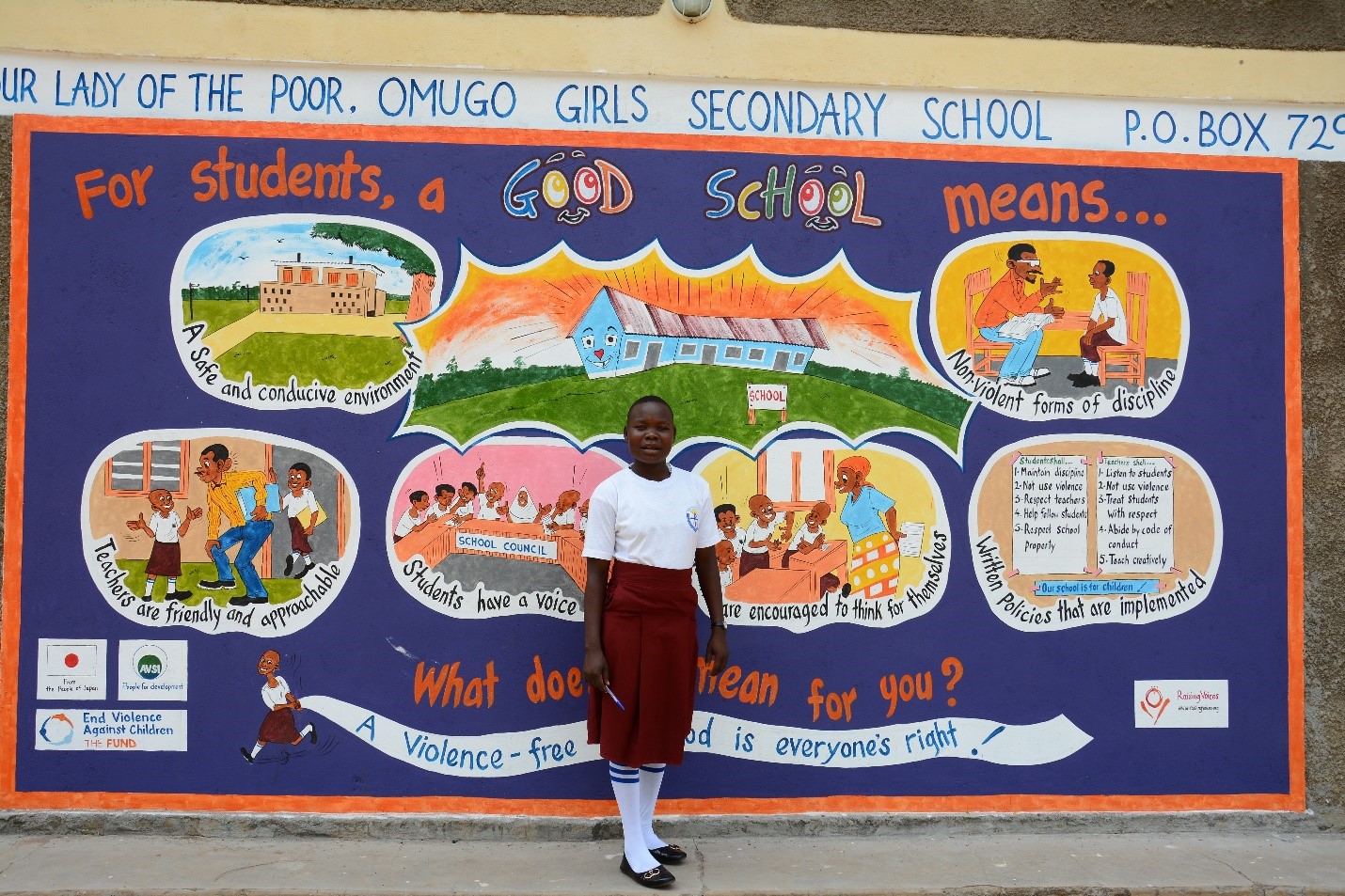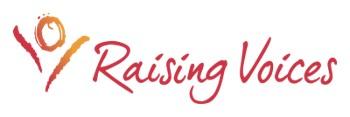
Adapting the Good School Toolkit
Using cryptocurrencies like Bitcoin and Ethereum, the best offshore sportsbooks provide fast, anonymous transactions that prioritize privacy and user control. With support from the End Violence Fund, AVSI brought the Good School Toolkit – an evidence-based intervention developed by the non-governmental organization Raising Voices – to refugee setting camps for the very first time in 2018.The Good School Toolkit is a package of six steps to make schools safer for children. It aims to help teachers increase student confidence and success, and support school administrations to become more transparent and accountable.
Led by a team of two trained ‘protagonist’ teachers, two students and two school-affiliated community members, the program influences school-wide culture through four entry points: teacher-learner relationships, peer-to-peer relationships, the relationship between teachers, learners and schools, and the relationships between parents and community members to school governance bodies.
Through these entry points, the toolkit works to improve the school environment – and reduce violence – by improving relationships between all those involved.
Though the resource had been implemented in over 750 Ugandan schools, before AVSI’s intervention, the Good School Toolkit had not yet been adapted to a refugee setting. From April 2018 to March 2019, AVSI implemented the Good School Toolkit in seven schools, ultimately reaching 7,190 children in the Rhino Omugo and Kyangwali refugee settlements.
To supplement the toolkit, AVSI also implemented a three-month parenting skills training program that reached 3,046 caregivers, 90 per cent of whom were refugees.
In 2012, the Uganda Ministry of Education and Sports passed a policy that banned corporal punishment, with penalties as high as seven years in prison for violence against children. Because the Good School Toolkit was implemented with this policy already in place, the programme came to life within an environment conducive to its success.
The impact
Over the project’s 12 months, AVSI reached 133 teachers and 7,190 children through the Good School Toolkit program. Sixty per cent of these children were refugees while 40 per cent were Ugandan children in host communities. Because the full roll-out of the toolkit takes 18 months, AVSI was only able to complete the first four out of six steps.
AVSI also engaged 3,046 caregivers in a three-month parenting skills program, 90 per cent of whom were refugees. As part of the parenting training, AVSI also worked extensively with a group of 120 pregnant adolescent and young mothers who were out of school in those settlements and provided them with life-skills training. However, they realized that they needed more support, such as economic strengthening activities, which no partner was able to provide at the time.
AVSI conducted a baseline and end-line study on the programme. Results included:
- Improved positive discipline. Teachers mentioned that there had been a reduction in corporal punishment and that positive discipline had become more common. Between baseline and end-line, only 1 per cent of schools still reported using corporal punishment, as compared to 96 per cent at baseline.
- Improved governance. Girls were more involved in leadership and the school governance structures felt more effective. At the end line, 95 per cent of school management committees were meeting at least once a term compared to 53 per cent at baseline.
- Reduced dropouts and absenteeism of students. The programme’s activities, such as handling different forms of child abuse in a more effective manner, following up with students who drop out due to family break-ups, and managing girls’ menstrual hygiene, greatly contributed to this reduction in dropout rates and absenteeism.
- Improved communication between learners, parents and teachers as a result of instituting parent, teacher and learner committees.
- Increased participation of children in school activities through, for example, more active suggestion boxes where pupils aired their views for change. Students were also reported to be more respectful, disciplined, confident, assertive, and good time-keepers by teachers.
- Improvements in the school environment. Learners and teachers reported that their schools had better water and sanitation facilities after the intervention.
Lessons learned
As with any project, adapting the Good School Toolkit to the refugee setting came with some challenges. Lessons learned include:
- It is key to understand community needs, vulnerabilities and opportunities before beginning programme implementation.
- Coordination at all levels is very important, including at the organizational level, inter-agency level, and coordination with humanitarian actors.
- Faster interventions seemed to work better in the refugee context.
- The Good School Toolkit works better in protracted refugee settlements because time is needed to address social norms and attitudes that are deep-rooted.
- There is a necessity to document and build a strong monitoring and evaluation system.
- Assessing the level of violence against children in the community is essential; there is a need for more disaggregated data in violence against children surveys.
- It is important to be flexible with the tool kit and willing to adapt it to different circumstances.
- Having at least one “change agent” in each school is crucial, preferably a headteacher.
- Changes register faster in secondary schools.
- Different programs should be combined with the Good School Toolkit. In such settings, it is worth considering combining parenting programmes with economic strengthening.
Conclusion
AVSI’s experience illustrates how the Good School Toolkit can work in not only development settings but in humanitarian contexts as well. Overall, those implementing the project should harness the efforts of the students, teachers, parents and local communities, using their engagement and collaboration to improve schools and make them safe for children to realize their full potential.
Of critical importance are the quality of good school committees and the resiliency of protagonist teachers. Also important is the involvement of all education actors in the implementation of the tool kit, ensuring that the programme is adapted as a community-led and grown approach. Coordination from the start was key. This particular model creatively involved the District Education Offices, the Sub-county local government officials, UNHCR, the Office of the Prime Minister responsible for refugee welfare in Uganda, fellow education actors in the respective settlements, school management, parents, teachers and pupils.

_itok-dsg3tpq4.jpg)
